Rocky Mountain Arsenal Spotlight
Rocky Mountain Arsenal Federal Facility Superfund Site
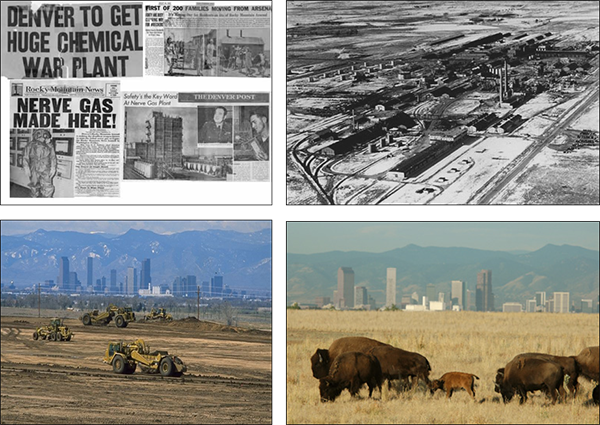
OVERVIEW - Just 10 miles northeast of Denver, Colorado lies one of the largest urban wildlife refuges in the country, an area that only 30 years ago was listed on the Superfund National Priorities List due to being contaminated by over 600 chemicals. The Rocky Mountain Arsenal National Wildlife Refuge has been transformed from a 17,000+ acre facility used for weapons and chemical manufacturing into a beautiful nature sanctuary.
(1 of 9)
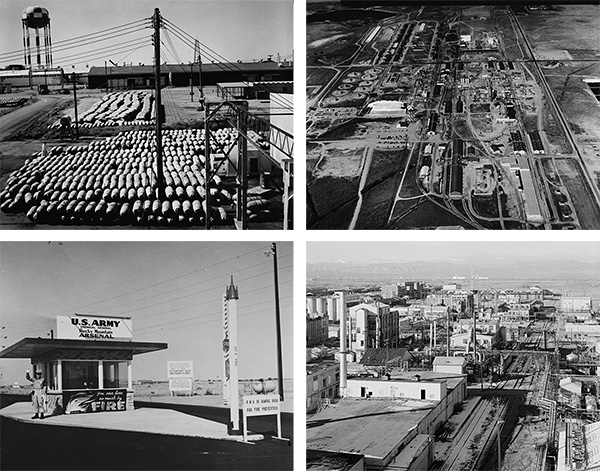
SITE HISTORY - Rocky Mountain Arsenal was listed on the NPL in 1987. The cleanup was completed in 2010 and five large parcels of land have been deleted from the NPL, creating opportunities for reuse development and expansion of the Refuge.
(2 of 9)

CLEANUP - The remedy selected for the Rocky Mountain Arsenal included the removal of contaminated soil down to 10’ over much of the contaminated area, which is contained in two hazardous waste landfills that remain on the site. Waste that was left in place is now interred beneath large engineered covers that prevent intrusion by humans or animals, and also prevent further contamination of groundwater. Groundwater is also pumped and treated at the site.
(3 of 9)
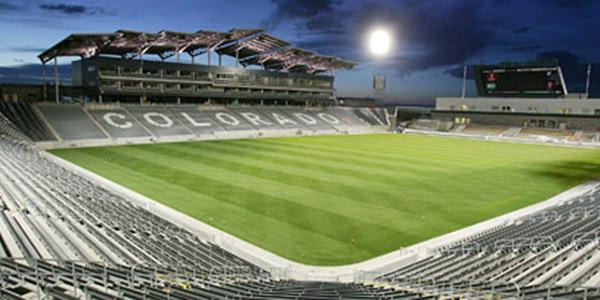
REDEVELOPMENT - Commerce City, CO a northern suburb of Denver, and a sports enterprise business have invested more than $120 million in the property, which yields 1.7 million visitors annually. A civic center, high school, soccer complex and public open space are also located here.
(4 of 9)
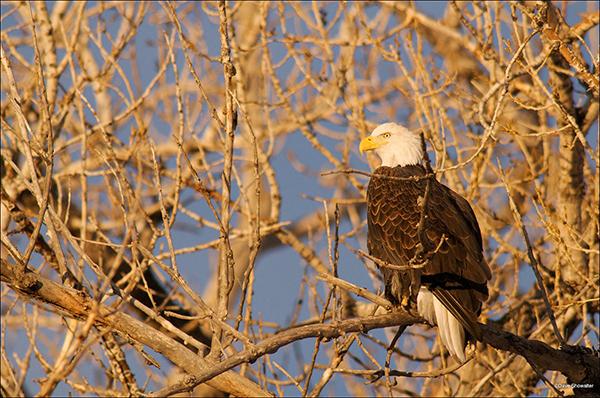
CREATION OF WILDLIFE REFUGE In the 1980’s a roost of bald eagles, which were then on the Endangered Species List, was discovered. In 1992, Congress designated the sites as a wildlife refuge. As cleanup progressed, the Army transferred most of the land to the U.S. Fish and Wildlife Service.
Photo source: Dave Showalter Exit
(5 of 9)
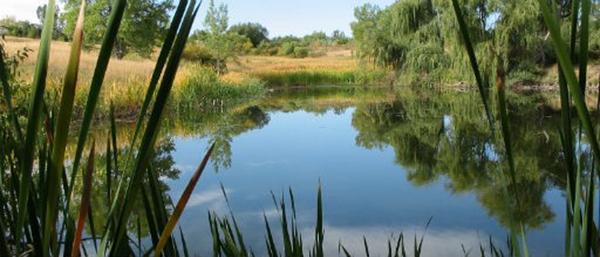
Mayor Pro Tem René Bullock, who also sits on the Board of Directors for the Friends of the Front Range Wildlife Refuges, stated "As a decades-long participant in transitioning this site from munitions manufacturing to wildlife sanctuary, I can honestly say the Refuge is an shining example of promises made, promises kept and should serve as the gold standard for how to make former Superfund sites benefit the communities in which they are located."
Photos source: US Fish and Wildlife Service
(6 of 9)
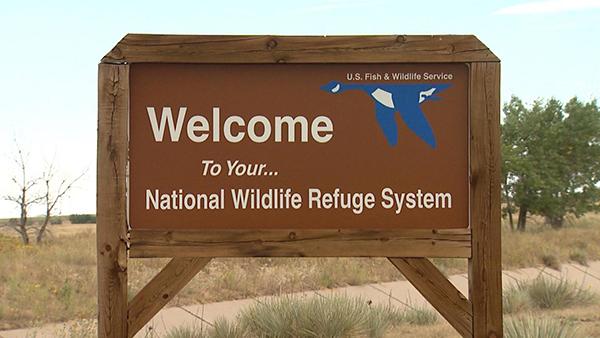
TOURISM - Nearly 500,000 people annually visit the 15,000-acre Rocky Mountain Arsenal National Wildlife Refuge where they can see more than 330 species of animals including bison, deer, bald eagles and black-footed ferrets.
Photo source:CBS Denver Exit
(7 of 9)
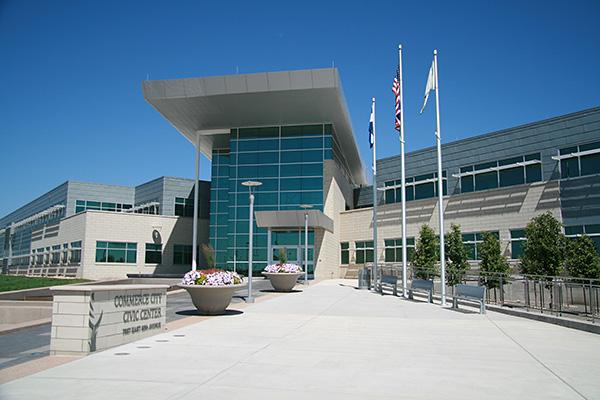
BENEFIT - Cleanup of the Rocky Mountain Arsenal has bolstered the economy of the greater Denver metro area and provides its neighbors with jobs, recreation, and a peaceful escape to nature.
(8 of 9)

"The Refuge and adjacent property represent a public-private partnership done right," said Mayor Sean Ford. "Without the support of multiple federal agencies – including the EPA – Commerce City would have not been able to leverage a remediated property into a true community asset." Other key partners include Colorado Department of Public Health and the Environment, the local health department and local government officials, the Army, U.S. Fish and Wildlife Service and Shell Oil Company. For more information please visit U.S. Fish and Wildlife's Rocky Mountain Arsenal website.
Photo source: Denver PostExit
(9 of 9)
